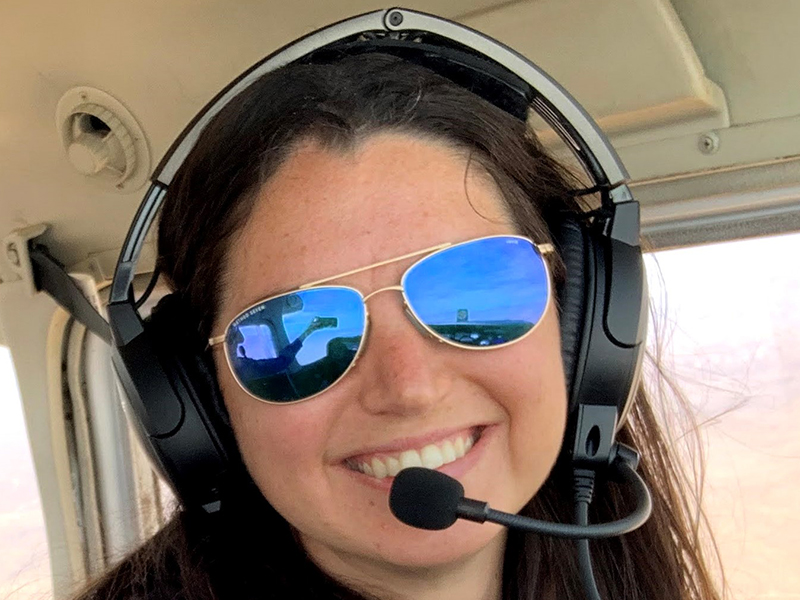
Shannon Berger
Mission Operations Manager | Systems Engineer
Pinellas Park High School, Largo, Florida, USA
Florida State University
Mechanical Engineering
Girl Scout, AACIT (Caltech/JPL Flight Club), and Licensed Professional Engineer with FBPE
I always joke that my dad tricked me into being an engineer. He's an electrical engineer, himself. We were always fixing the family boat, re-doing the wiring in the attic, wiring up lights for the boat trailer, building a new tool chest for the garage, or whatever else we could get into trouble doing.
Dad always took me to Take Our Daughters and Sons to Work Day at his office. He even snuck me in before I met the required age, because he was so excited to share his passion for engineering. We made Mentos soda rockets. I learned the aerodynamics of paper airplanes, and I learned what a clean room was. Like every child, I loved making my footprints on the sticky mats you find at the clean room entrance.
I grew up in Florida and we could see the space shuttle coming in for landings from our elementary school parking lot. We went to Kennedy Space Center for family vacations, too. Honestly, I was always a space nerd.
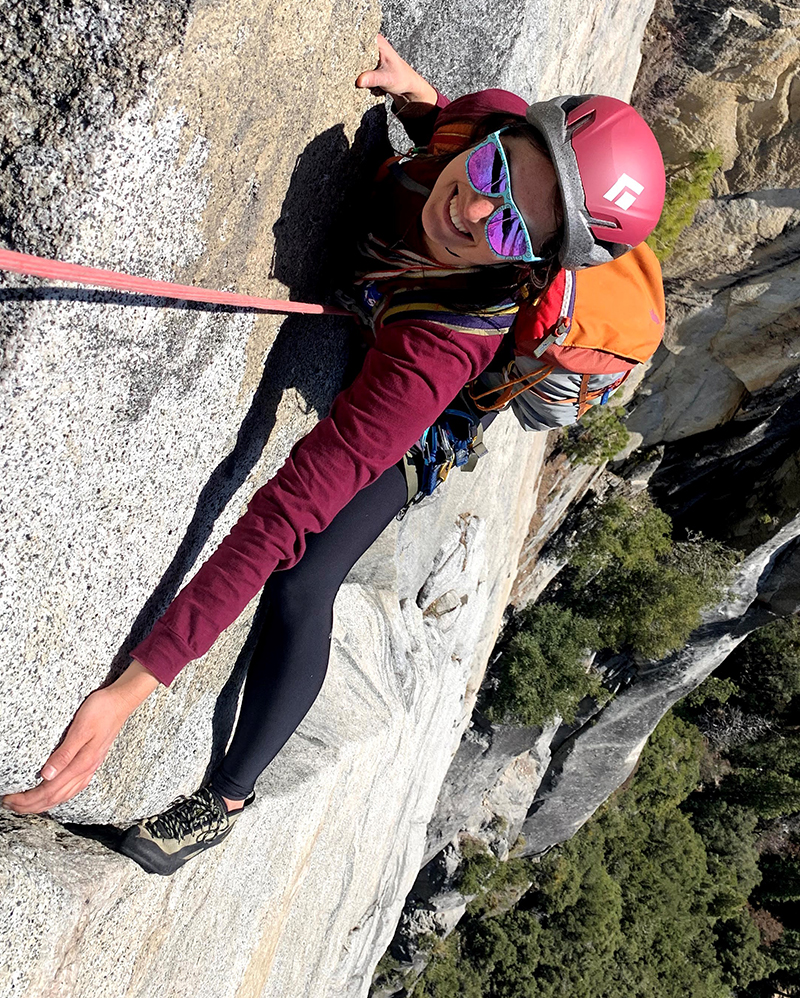
For my college senior design project, I got on the NASA Lunabotics project. We won "Most Innovative Design" at the 2012 competition! I think that was a big reason why SpaceX looked at my resume, took me on as an intern, and eventually hired me full-time.
I have two jobs! I'm the mission operations manager for SunRISE, which is a CubeSat constellation mission still in development. My day-to-day duties include collaborating with the team to figure out how to ensure the science team members get the data they need for the mission.
I'm also a systems engineer for NASA’s Europa Clipper mission, focused on avionics and flight software systems. This mission is also in development right now. Currently, I'm working to make sure we have a plan to send commands, update parameters, and receive the data needed by the subsystems and science teams. This means authoring procedures, developing software, and coordinating with fellow teammates on their needs.
It's cheesy, but study hard in school. Having the basics down in calculus and physics makes your engineering coursework so much easier. The hard work habits you build in those early years will keep you focused in your career, and will develop the organizational talent you need to be successful. Also, don't let the little setbacks get to you. Everyone has stumbling blocks in life, and most people don’t talk about them. You can still accomplish what you want in life, even if the path you take to get there is non-linear.
Amelia Earhart. She was a true trailblazer who didn't let anyone tell her she couldn't do something. She was fearless, and a woman ahead of her time. She was a romantic about flying, and she loved the intellectual challenges it presented. Her book "For the Fun of It" is one of my favorites.
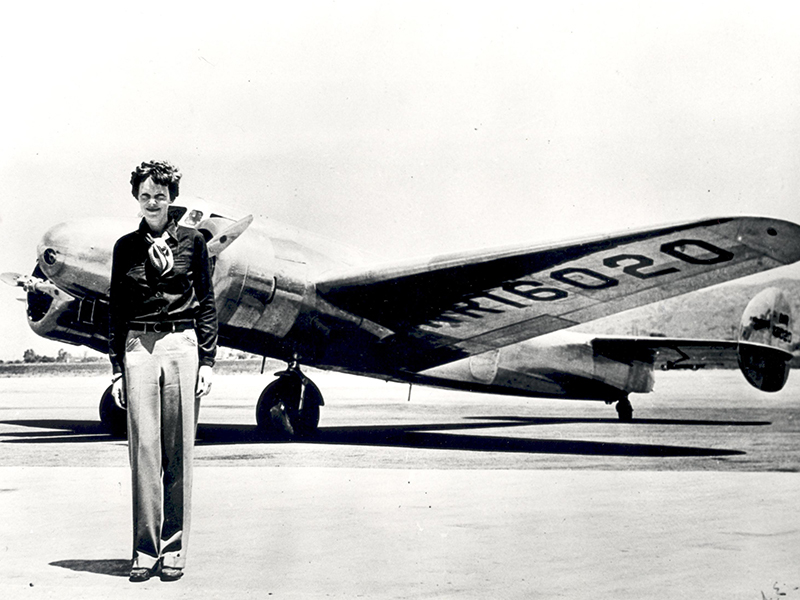
I work in the space industry! All my projects are cool!
I worked on NASA’s SpaceX Crew-2 Dragon spacecraft from development until the flight. For a little girl who used to watch astronauts fly overhead from her elementary school parking lot to become an engineer paid to fire rocket engines – it was a dream come true.
Then I got to join Europa Clipper, which is going to explore Jupiter’s moon Europa – a potential water world in our solar system. This mission is literally the stuff of the sci-fi books I used to read.
SunRISE is yet another fun project. It's a small team, so we're dynamic and flexible. We can pivot quickly, and we're doing really cool science. It will be the first mission of its kind, so it's an exciting project to be on.
I'm a private pilot, rock climber, skier, outdoor adventurer, scuba diver, and nerd.
My grandfather was a U.S. Air Force pilot and worked on the Apollo program’s communication system. My dad works in aircraft navigation for the Navy. My first memory of general aviation was walking around a seaplane with my grandfather and father, with them explaining how it landed on the water.
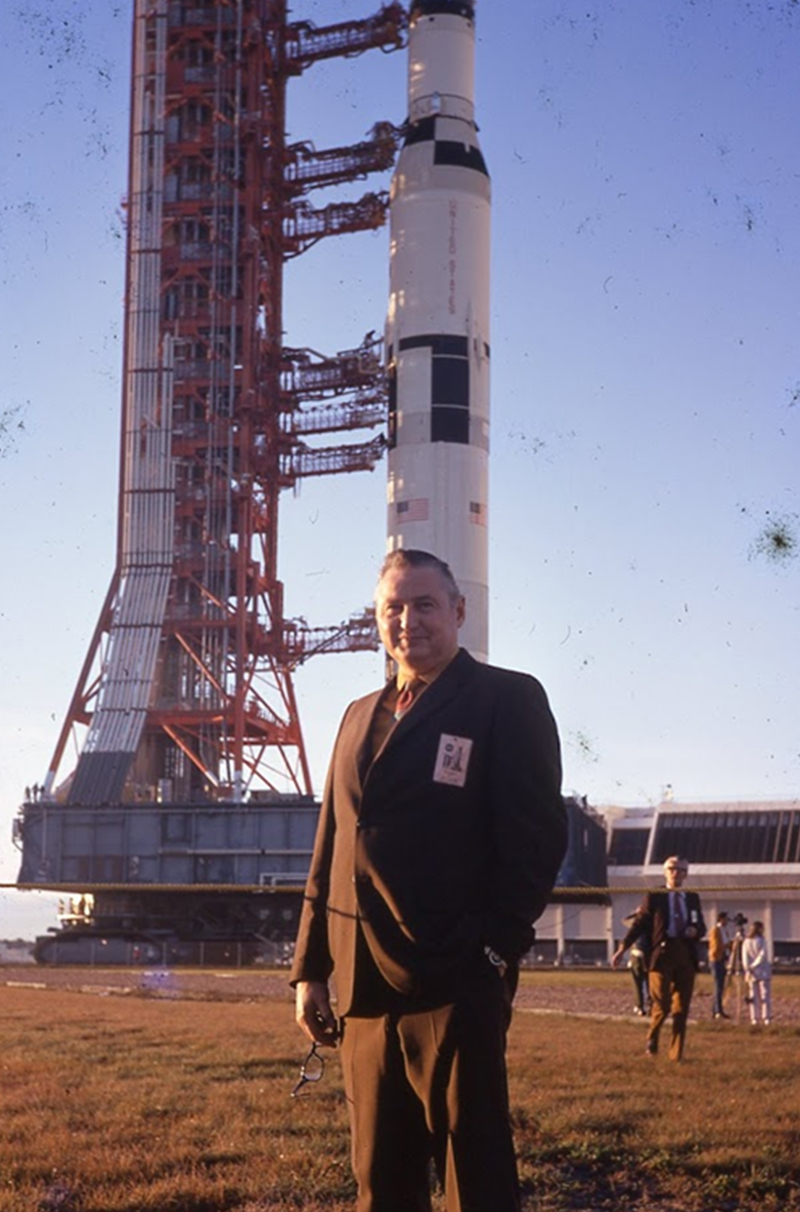
Air shows were a regular thing in my childhood, and I always dreamed of being a pilot. Once I'd saved up enough money, I pursued my private pilot's license and instrument rating.
Southern California has so much to offer in terms of aviation adventure. Santa Catalina Island has Catalina Airport – the "airport in the sky" – at 1,600 feet in elevation. Big Bear Airport (in the San Bernardino Mountains in Big Bear City, California) is about 6,750 feet above mean sea level, which makes it a rare high-altitude/thin-air challenge for Southern California.
My favorite airport is Kern Valley – a little non-towered airport where you land between the large mountains and you can camp under the wings of your airplane. For a Fourth of July weekend, I flew a couple of friends out there, and we went canyoneering (the sport of exploring canyons) down Kern Valley’s Seven Teacups and camped. It was what aviation was intended to be.
Most of my personal time is spent outdoor adventuring. One of my fondest rock climbing memories was a few years ago. We backpacked into Little Yosemite Valley and climbed up Snake Dike on Half Dome. Climbing requires real-time problem solving, research, teamwork, and well-practiced safety procedures. There's quite a bit of overlap between spacecraft operations and rock climbing.
I mostly ski "in-bounds" at the ski resorts. Initially, I was drawn to the sport due to the social aspect and hot chocolate. I had assumed that, because I grew up water skiing, I’d pick up snow skiing quickly. That was a bad assumption, but now ski season is my favorite. We spend a lot of weekends skiing down Mammoth Mountain and trying the harder routes. Backcountry skiing requires the same level of rigor that climbing does. It’s basically systems engineering and risk management. I think it's why so many engineers are drawn to these sports.
I keep my scuba diving adventures simpler, safer, and less rigorous. Scuba is more of a vacation sport for me. The best one was a trip to Belize. The water was at bathwater temperatures, and the sea animals were bountiful. We stayed mostly around a depth of 30 feet, where more colors are visible and there’s plenty of animal life.
My nerdiness comes out on the way to, and from, adventures because I have my nose buried in a book. I oscillate between non-fiction, sci-fi, and fantasy depending on my mood. The fun part is friends offering book recommendations, and it's a way to become closer with people in a hobby that's traditionally thought of as solitary.
The Pale Blue Dot. Carl Sagan's comment in his book, "Pale Blue Dot: A Vision of the Human Future in Space," captures what I love about space. Sagan wrote: "Look again at that dot. That's here. That's home. That's us."
He talks about how humble and fragile humanity is, in the vast context of space. He was right. It's humbling to be a part of this industry, it keeps the world in perspective, and keeps you dreaming. There's so little that we know, and so much left to learn. Space is romantic, challenging, and wonderous.
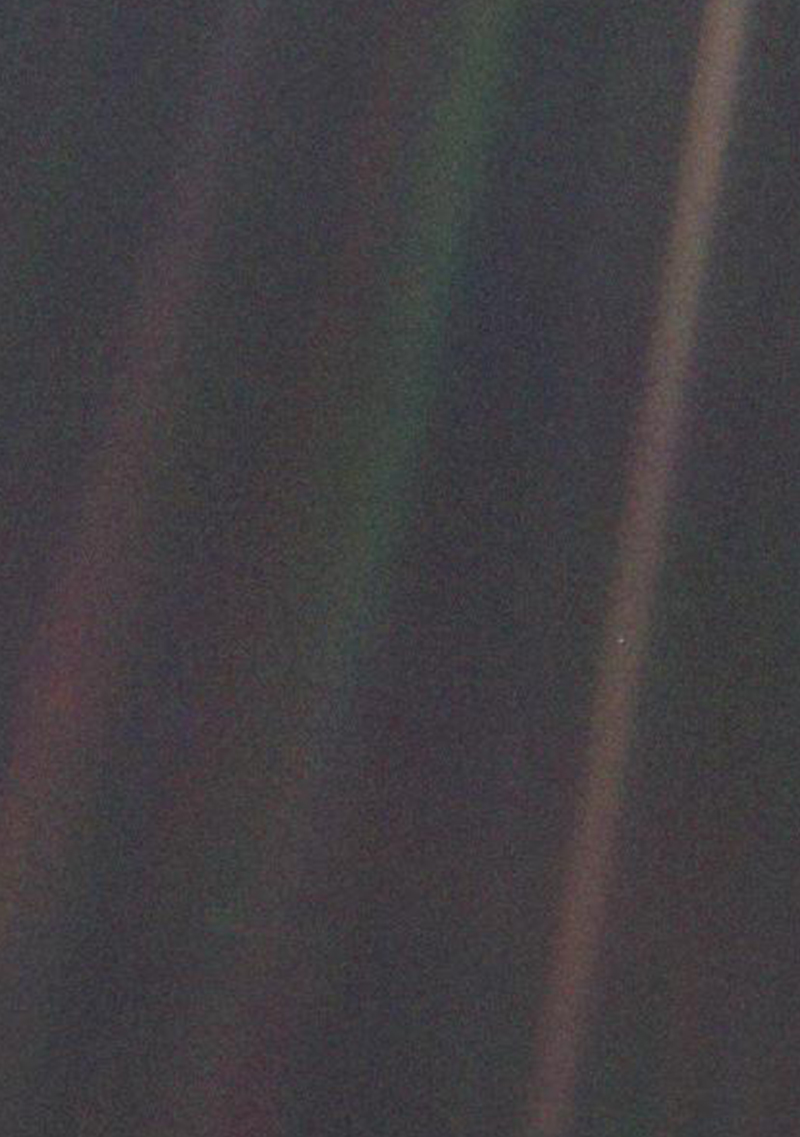
Planetary science is a global profession.

